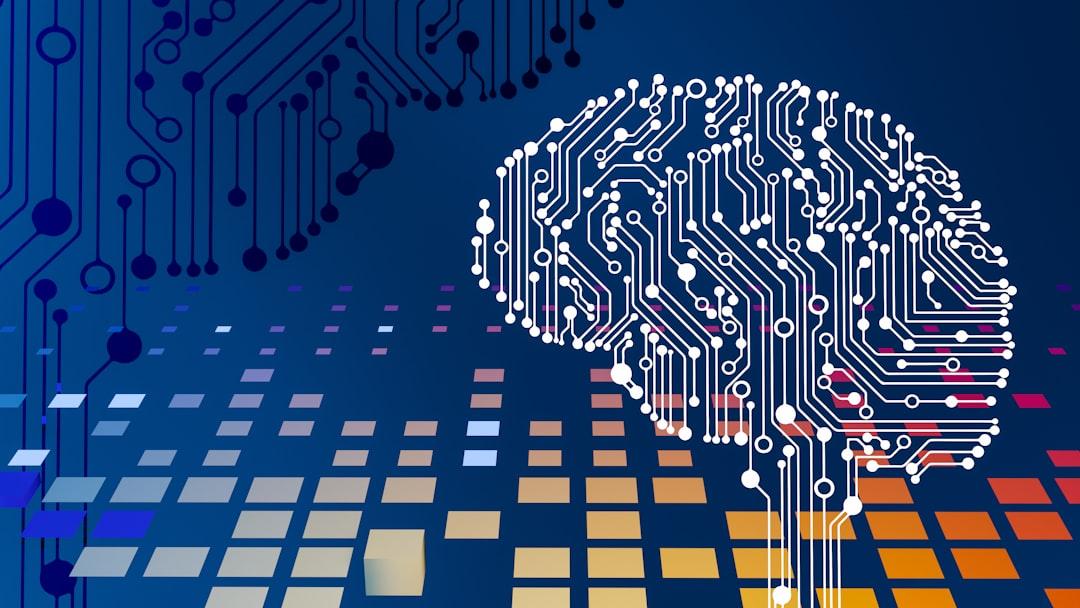Adell Falah's Key Ideas from The AI Organization
by David Carmona
Ideas, facts & insights covering these topics:
8 ideas
·3.43K reads
18
Explore the World's Best Ideas
Join today and uncover 100+ curated journeys from 50+ topics. Unlock access to our mobile app with extensive features.
AI will transform every dimension of business
- AI remains experimental and iterative, but still has applications in flexible systems.
- Train business units to implement AI solutions horizontally and vertically in their enterprises.
- Employees are the heart of the AI organization.
- AI development teams must be agile and independent, yet maintain strong connections with the business.
- AI is only as good as the data that firms use to train it
- Upskilling employees with AI training across departments will reinforce its relevance.
52
619 reads
digital transformation
The digital transformation started decades ago, when companies used software to create “systems of record.” Keeping records digitally extended into “systems of engagement,” expanding into customer relations
48
498 reads
AI capabilities fall into three categories:
- Perception – Vision, Audio, Speech and Natural Language.
- Cognition -Regression, Classification, Recommendation, Planning, Optimization and Pattern Recognition.
- Learning – Supervised, Unsupervised and Reinforcement Learning.
61
550 reads
“AI opens up new ways of interacting that can make our applications more engaging or accessible to more users.”
DAVID CARMONA
49
444 reads
Create inventories
Create inventories and categorize processes under a framework that includes the following zones:
- Incubation – Evaluating opportunities to expand business using technology. This is long term and therefore more agile.
- Transformation – Choosing opportunities to develop and scale that will push the organization beyond “business as usual” practices.
- Performance – Generating revenues that rely on ROI and investment priorities.
- Productivity – Optimizing effectiveness while reducing inefficiencies.
52
383 reads
participate in the AI revolution.
- Democratization of knowledge – Currently, data are disseminated in complex ways across organizations, and are inaccessible to most employees. They need knowledge that is structured (graphs), semantic (clearly defined attributes) and consolidated.
- Democratization of AI consumption – Build AI into existing programs, such as Excel, to augment employee workflow.
Democratization of AI creation – Using “transfer learning,” a nontechnical user can customize a model that a data scientist trains.
51
314 reads
The MLOps Loop demonstrates this integration and dissemination p
- Definition – Business stakeholders working closely with developers to determine business needs, experiment with models and acquire data.
- Development – Implementing the process (preparing data, modeling and training). Solutions are incrementally integrated and monitored.
- Operations – Managing the system in production and operations is part of the continuous deployment in its various iterations, and provides feedback via telemetry.
49
294 reads
“No matter what scenario you are targeting, chances are that without relevant data, you won’t be successful in delivering an AI solution.”
DAVID CARNONA
48
328 reads
IDEAS CURATED BY
Discover Key Ideas from Books on Similar Topics
8 ideas
Ask Your Developer
Jeff Lawson
7 ideas
Generative Artificial Intelligence
Jerry Kaplan
5 ideas
Joy, Inc
Richard Sheridan
Read & Learn
20x Faster
without
deepstash
with
deepstash
with
deepstash
Personalized microlearning
—
100+ Learning Journeys
—
Access to 200,000+ ideas
—
Access to the mobile app
—
Unlimited idea saving
—
—
Unlimited history
—
—
Unlimited listening to ideas
—
—
Downloading & offline access
—
—
Supercharge your mind with one idea per day
Enter your email and spend 1 minute every day to learn something new.
I agree to receive email updates





